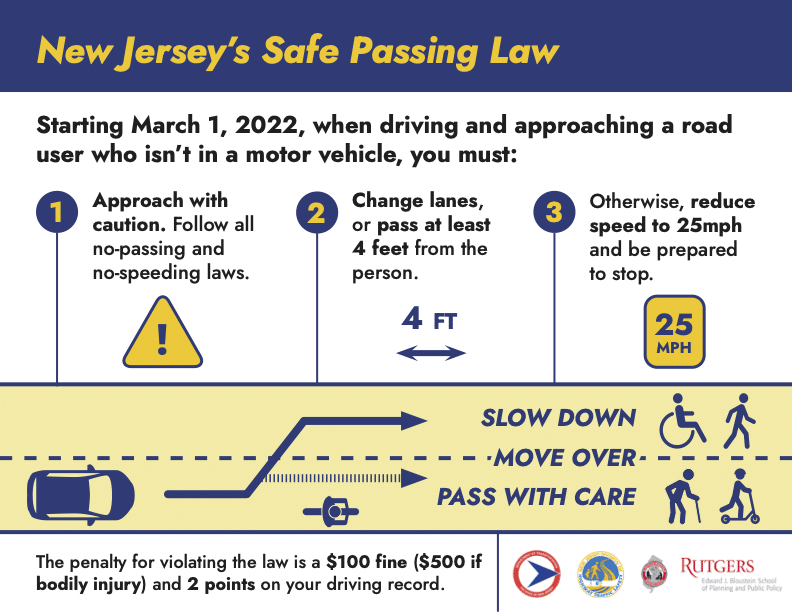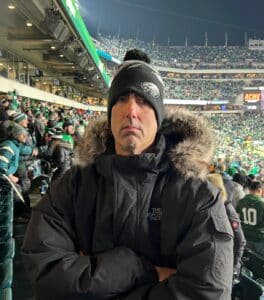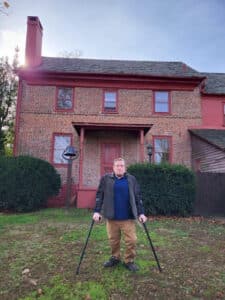What does the law do?
This new law aims to prevent the near misses, injuries and deaths that often occur when motorists pass cyclists, pedestrians, scooters, people in wheelchairs, or other vulnerable road users (road users not protected inside vehicles) unsafely.
The law recognizes that we can make our streets safer by reinforcing the right to the road for people outside of vehicles, changing our driving habits, and normalizing car-free travel . The law underscores the responsibility of all drivers to use caution around vulnerable road users, especially those driving fast, heavy vehicles.
Lastly, the law is an opportunity to build awareness among drivers that road users not in cars are also friends, family, colleagues, or neighbors. We can help insure their safety by passing them with room to spare.
What exactly does the law say?
Drivers in New Jersey are now required to approach and pass vulnerable road users with “due caution.”
“Due caution” means both slowing down and giving the other user plenty of space when passing:
- Drivers must follow all current no-passing, no speeding laws AND move over a lane IF there’s one to move into.
- On a single-lane road, drivers must allow at least a 4-foot safety zone when they pass.
- If 4 feet is not possible on a section of road, drivers must slow to 25mph and be prepared to stop until they can pass safely without endangering those sharing the road.
Violating these guidelines will result in a driver receiving a fine of $500 and two motor vehicle points, if bodily harm is caused. If no injury occurs, the fine is $100.

How does the NJ Safe Passing Law relate to other NJ road safety laws?
The NJ Safe Passing Law provides protection and fills gaps in the state’s existing “overtaking” laws. While providing crucial protection for the most vulnerable road users, it does not replace other laws. Drivers can ensure safety for themselves and others by following all the safe passing laws (see the quick list of other safe passing guidelines below).
The Slow Down, Move Over Law requires motorists approaching authorized vehicles with emergency lights flashing to slow down or move one lane over from the incident. The law protects essential workers like emergency responders, highway crews, tow truck operators, and others when working along the road.
The Stop and Stay Stopped Law requires drivers to stop when pedestrians are crossing a marked intersection and yield to pedestrians crossing at unmarked intersections. The law “reinforces the importance of pedestrians using crosswalks, their safety zone, and for motorists to recognize that when approaching crosswalks, they must be alert for pedestrians.”
The Safe Passing Law builds on the success of these existing NJ road safety laws by expanding protections for vulnerable road users.
What are the benefits of the NJ Safe Passing Law?
- It keeps vulnerable people safer on roads that lack separated infrastructure and prevents near misses, injuries, and deaths that often occur on NJ roads.
- It increases the space given by careful drivers therefore increasing road user’s level of comfort and safety.
- The 4-foot distance protects falling cyclists from colliding with passing vehicles.
- It holds reckless drivers accountable.














































































